Electrical Inspection Services
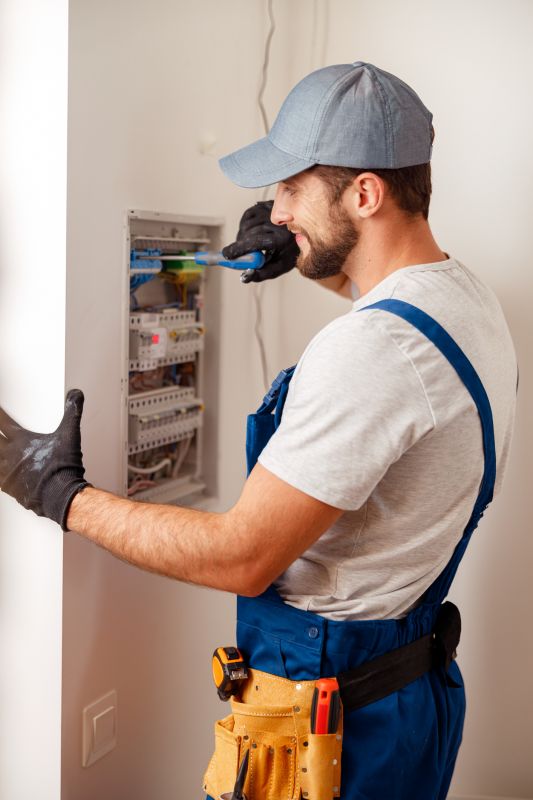
Spring is an ideal time to perform electrical inspections to prepare for increased outdoor and indoor usage.

After severe weather events, inspections can identify potential damage and prevent hazards.
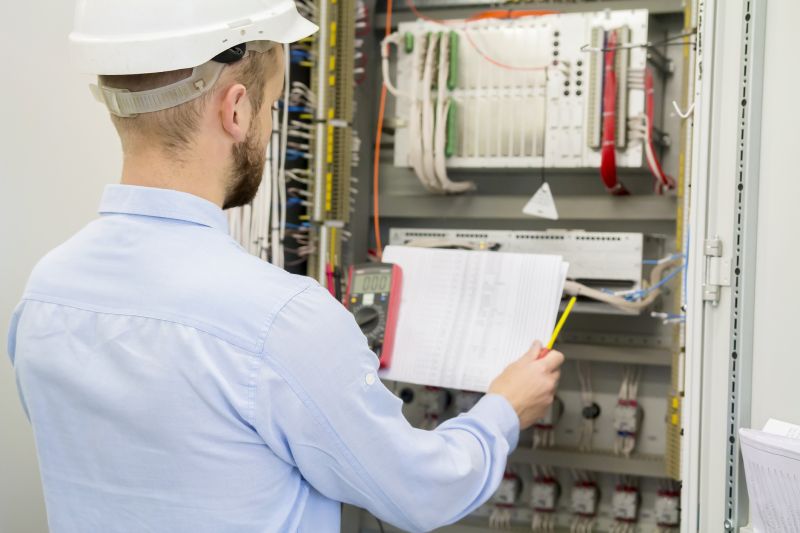
Conducting inspections prior to buying or selling ensures electrical safety and compliance.
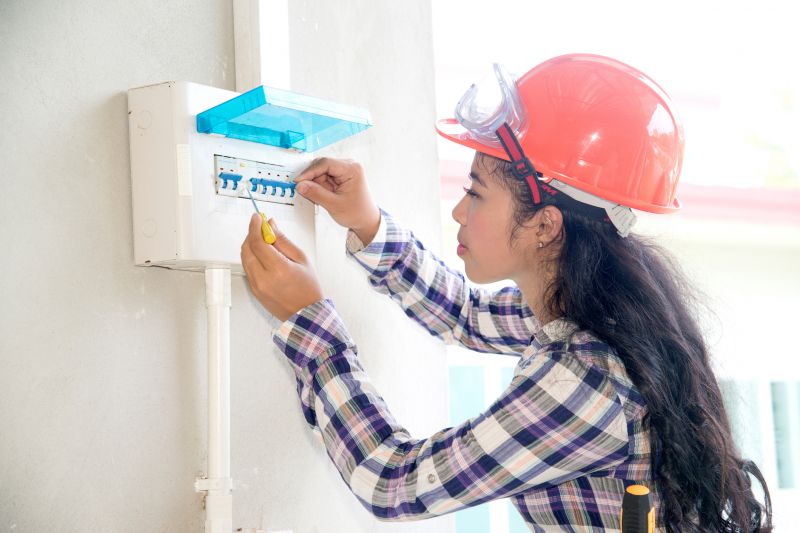
Ways to make Electrical Inspections work in tight or awkward layouts.

Popular materials for Electrical Inspections and why they hold up over time.
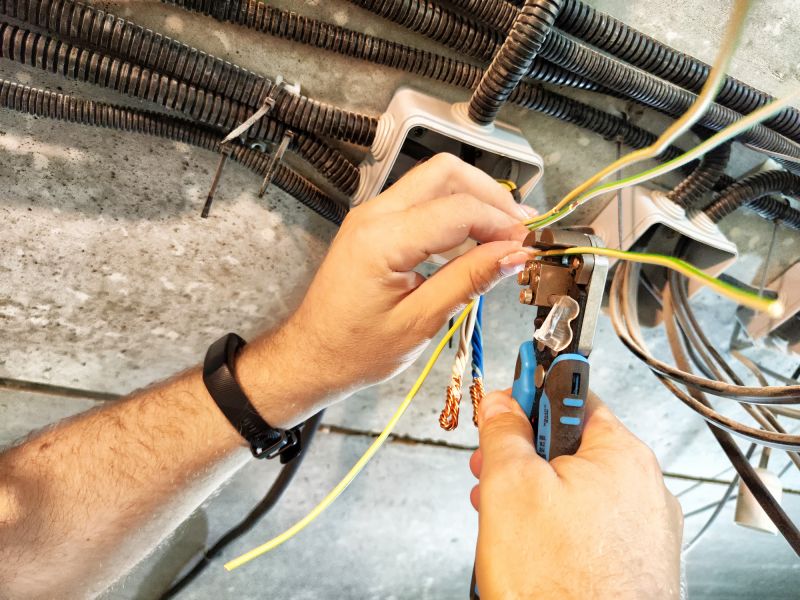
Simple add-ons that improve Electrical Inspections without blowing the budget.
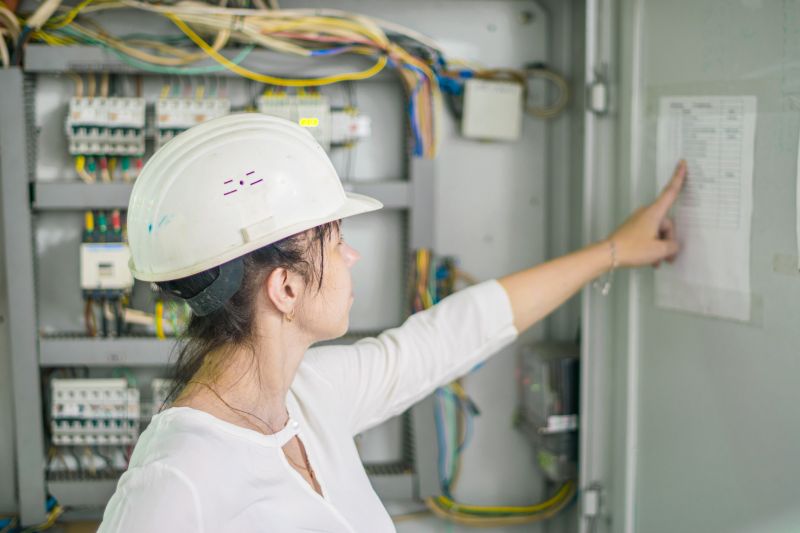
High-end options that actually feel worth it for Electrical Inspections.
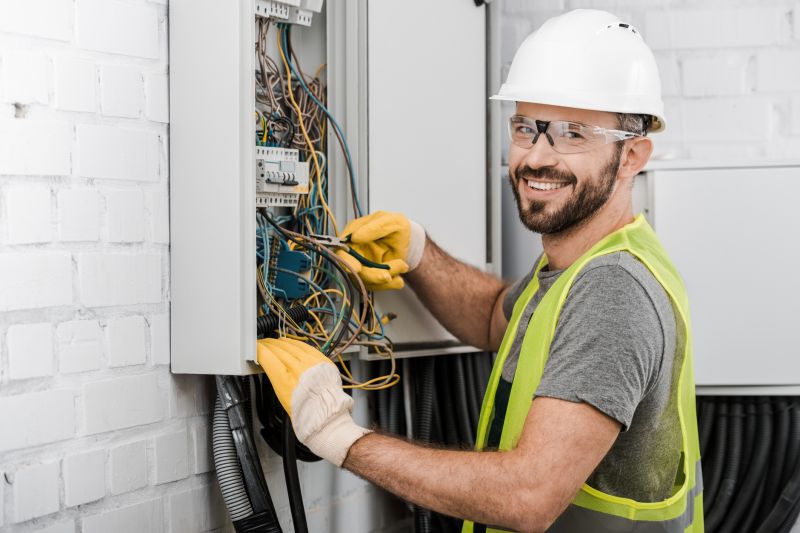
Finishes and colors that play nicely with Electrical Inspections.
Electrical inspections are essential assessments that evaluate the safety and functionality of electrical systems within a property. They help identify issues such as outdated wiring, overloaded circuits, and faulty components that could pose fire hazards or lead to electrical failures. Regular inspections can prevent costly repairs and ensure compliance with electrical codes.
Statistics indicate that electrical fires account for a significant portion of residential fires annually, with many incidents resulting from undetected wiring problems. Implementing routine inspections can reduce the risk of fire, improve energy efficiency, and extend the lifespan of electrical components. Inspections are particularly recommended during periods of increased electrical demand or after weather events that may compromise wiring integrity.
Inspections verify that wiring, panels, and outlets meet safety standards, reducing fire risks.
Identifying outdated or inefficient electrical components can lead to energy savings.
Regular checks help detect issues early, avoiding costly repairs or replacements.
Inspections ensure electrical systems adhere to current safety codes and standards.
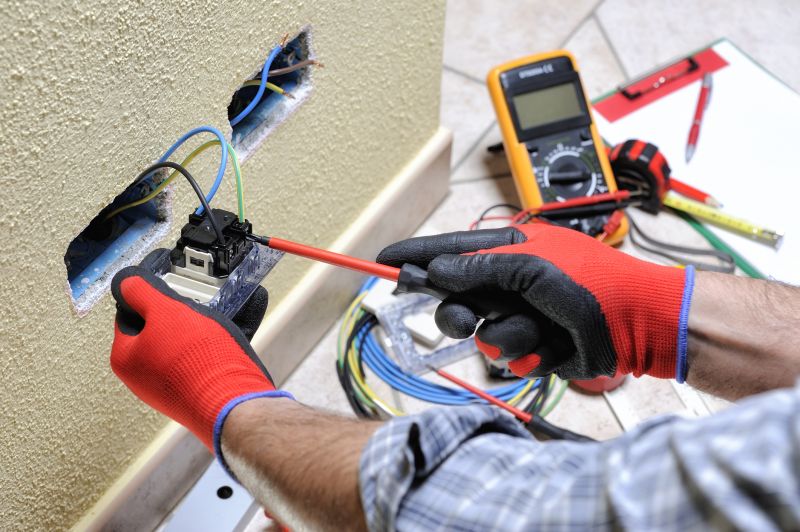
Little measurements that prevent headaches on Electrical Inspections day.

A 60-second routine that keeps Electrical Inspections looking new.
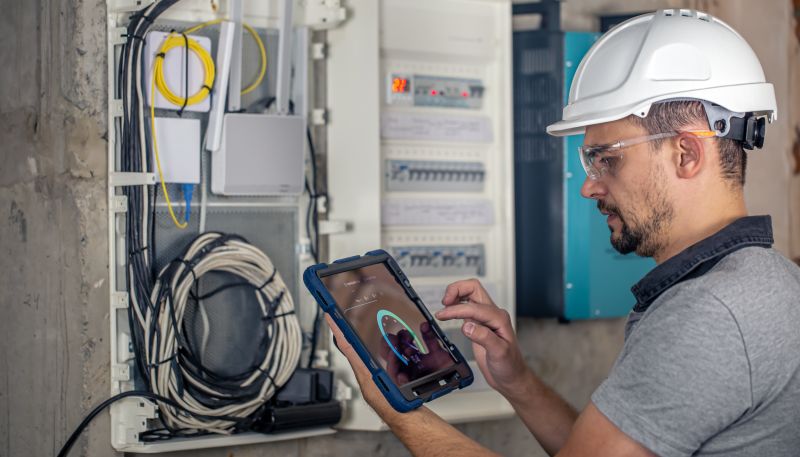
A frequent mistake in Electrical Inspections and how to dodge it.
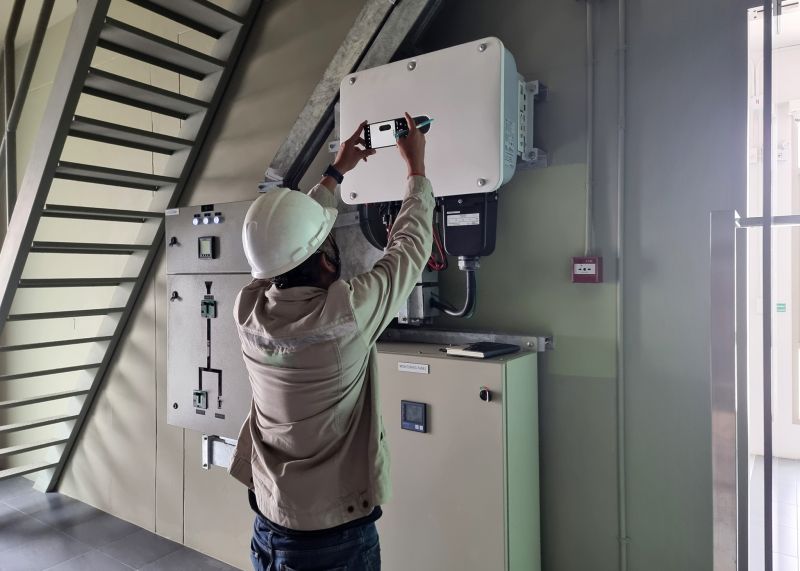
Small tweaks to make Electrical Inspections safer and easier to use.
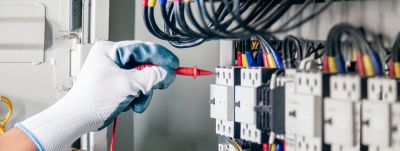
Lower-waste or water-saving choices for Electrical Inspections.
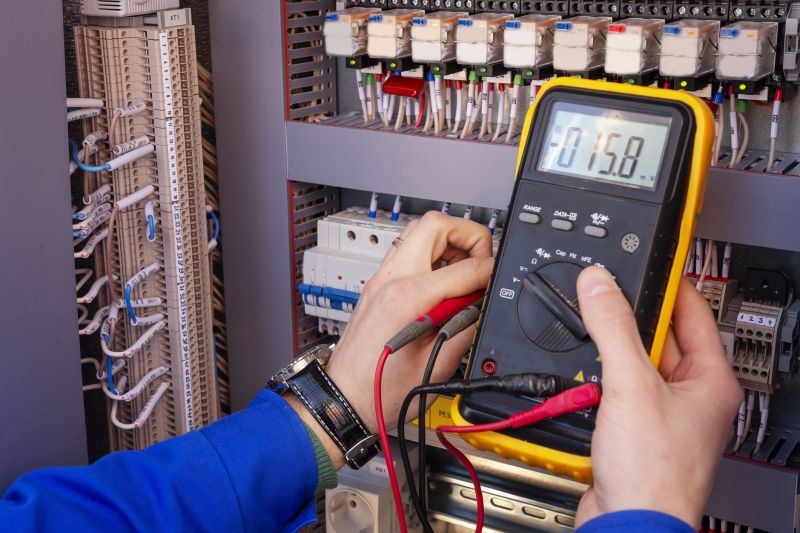
The short, realistic tool list for quality Electrical Inspections.

Rough timing from prep to clean-up for Electrical Inspections.
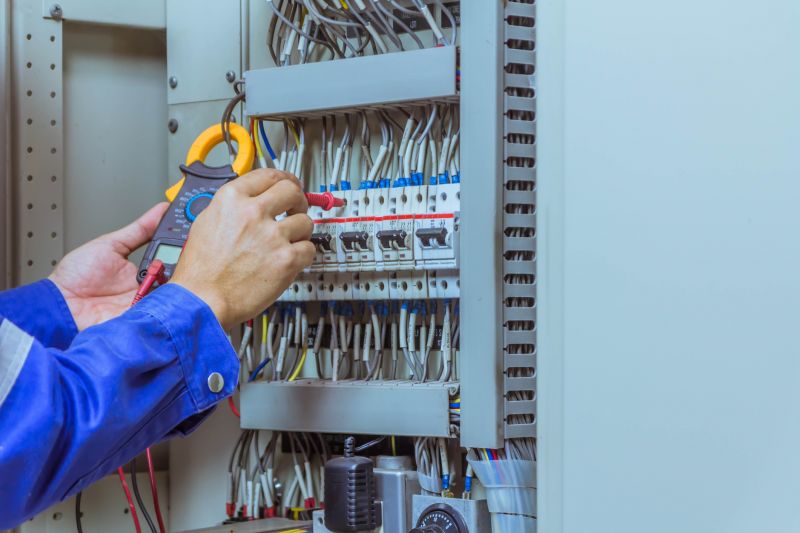
Quick checks and paperwork to keep after Electrical Inspections.
| Scenario | Recommended Inspection Timing |
|---|---|
| Pre-Property Sale | Before listing or transfer of ownership |
| Post-Storm or Weather Event | Immediately after severe weather |
| Routine Maintenance | Every 3-5 years depending on age and usage |
| Property Renovation | Before starting major electrical upgrades |
| New Construction or Additions | Prior to occupancy or use |
Scheduling electrical inspections at appropriate times ensures safety, efficiency, and compliance. Regular assessments can detect potential hazards early, reducing the likelihood of electrical fires and failures. Property owners are encouraged to plan inspections during periods of minimal electrical demand or following events that could compromise wiring integrity.
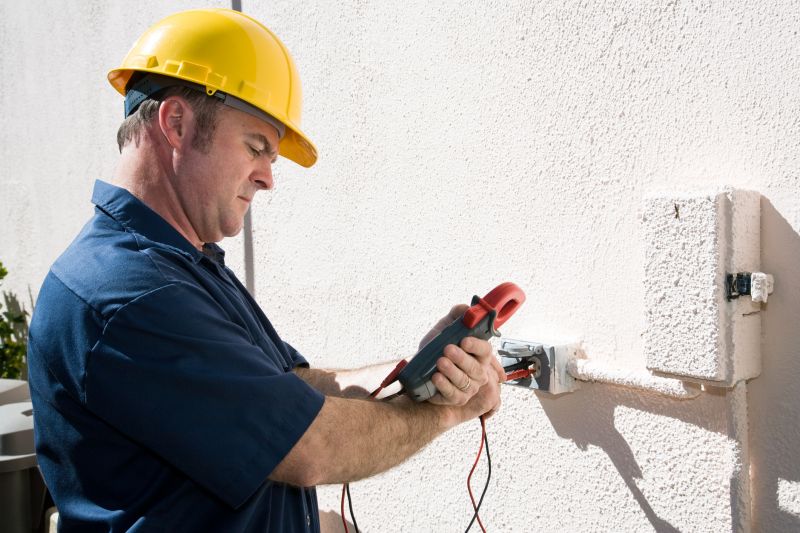
Tools used to evaluate wiring and electrical components.
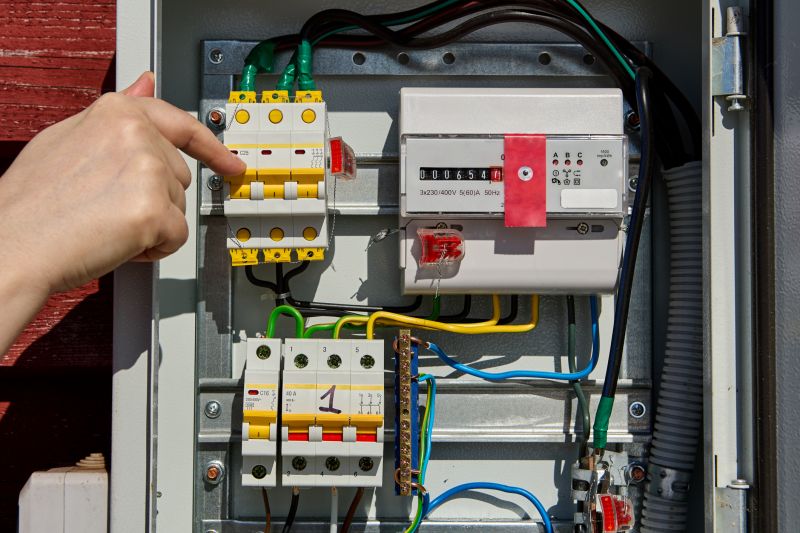
Inspection of circuit breakers and distribution panels.

Checking for wear, damage, or outdated wiring.
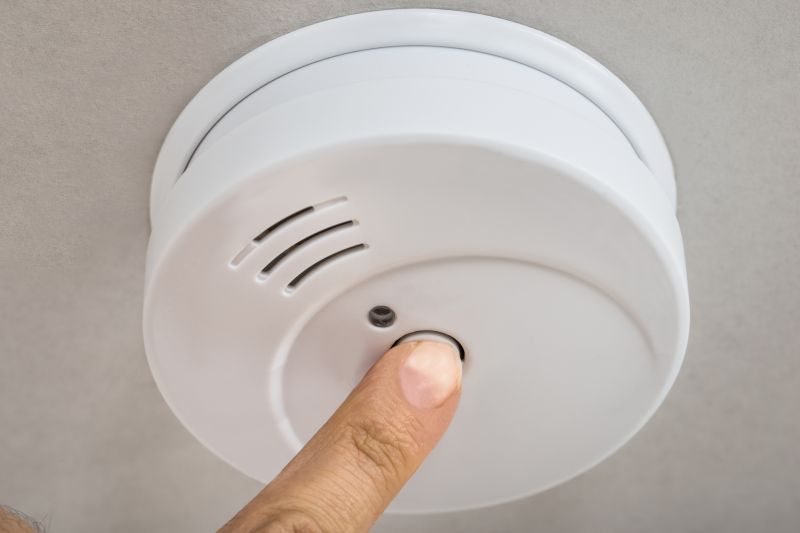
Testing smoke alarms and ground fault circuit interrupters.

Examples that show the impact a good Electrical Inspections can make.
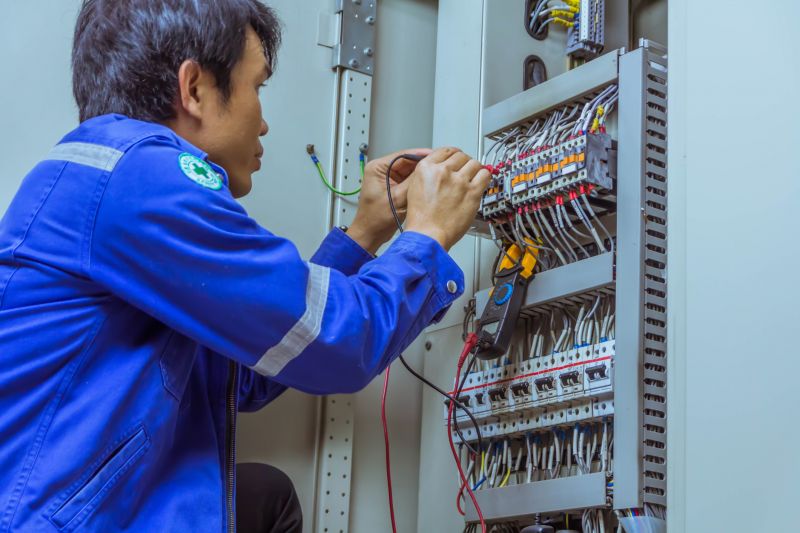
Ways to make Electrical Inspections work in tight or awkward layouts.
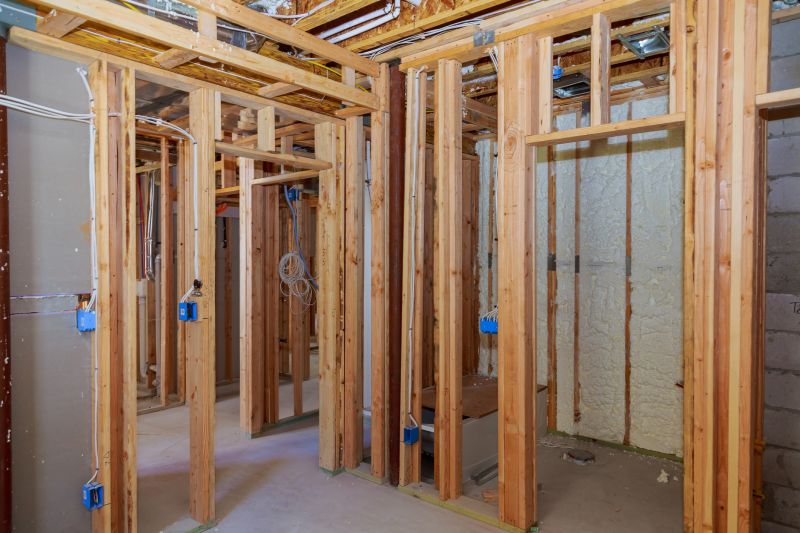
Ways to make Electrical Inspections work in tight or awkward layouts.
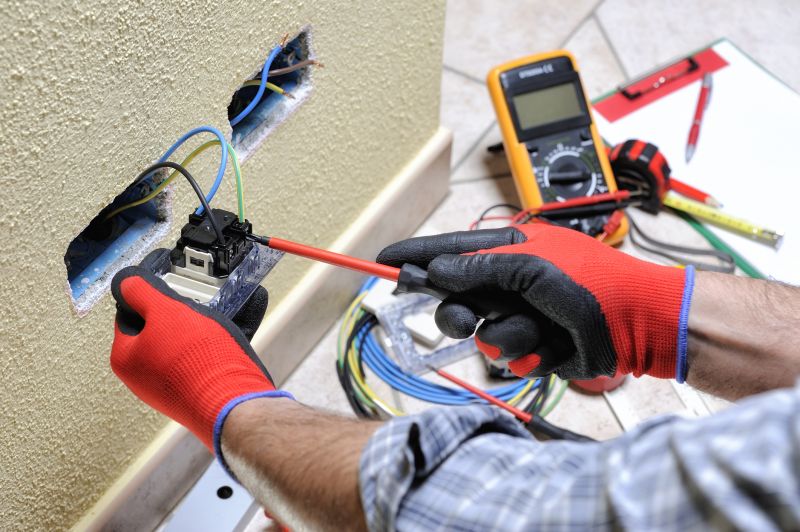
Ways to make Electrical Inspections work in tight or awkward layouts.
Interested parties are encouraged to contact for further information or to schedule an electrical inspection. Proper timing and regular assessments contribute significantly to electrical safety and system longevity.
